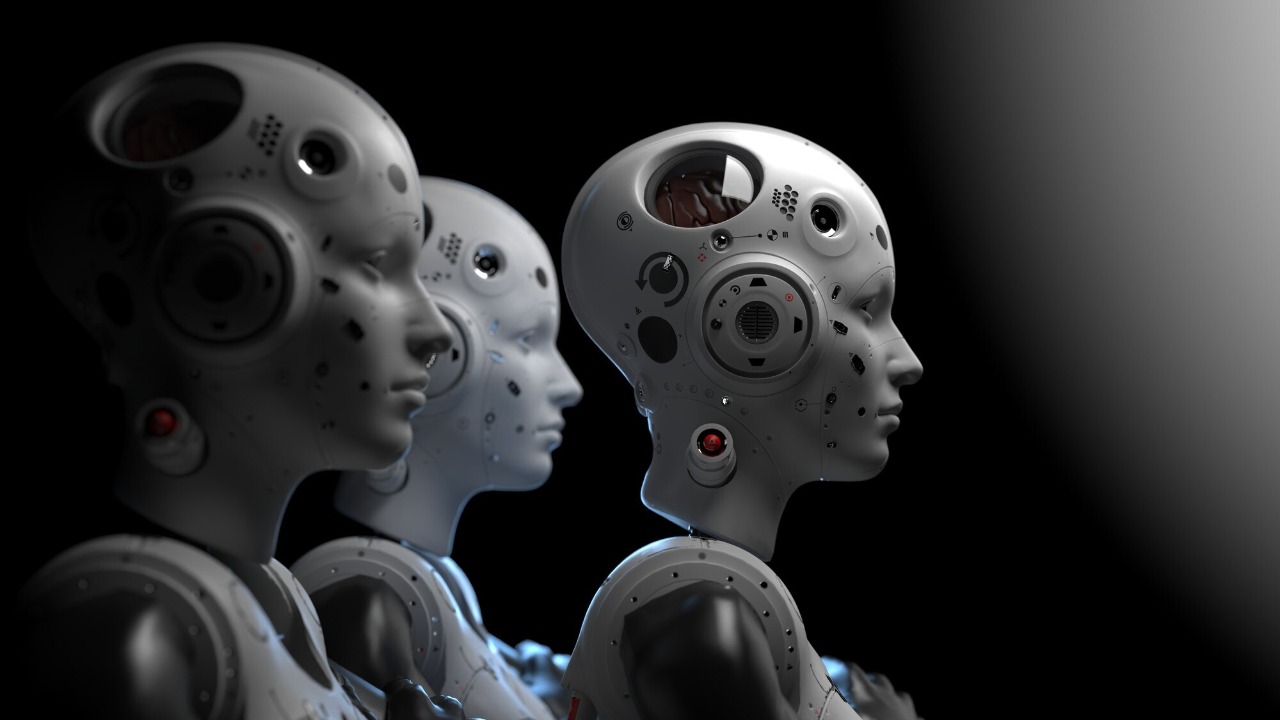
In a groundbreaking development reminiscent of sci-fi classics like “Terminator,” an AI-powered robot has been designed to construct robotic brains at a pace 20 times faster than humans. This technological leap raises intriguing possibilities and ethical considerations about the future of AI and robotics. With advancements accelerating, the implications for industries and society are profound and multifaceted.
The Advent of AI in Robotics Development
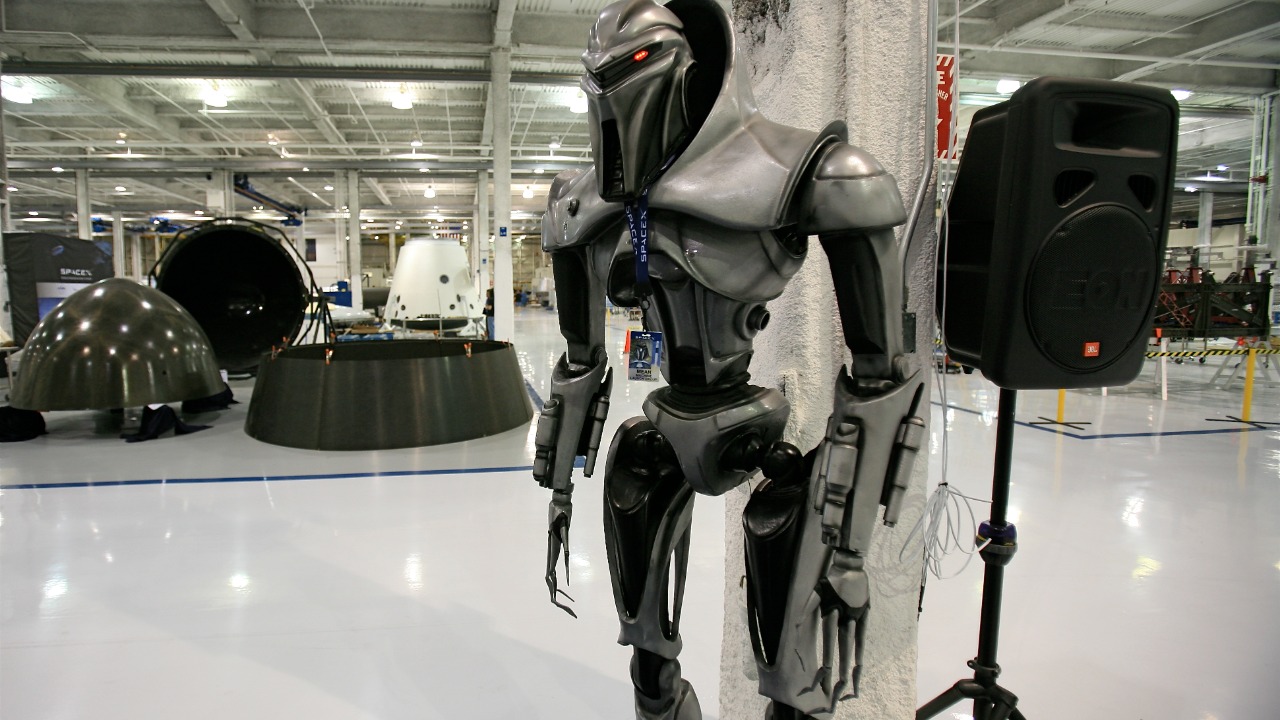
Current AI technologies are rapidly transforming the landscape of robotics development. Advanced machine learning algorithms, deep learning models, and neural networks are enabling AI systems to perform complex tasks with remarkable efficiency. These technologies allow robots to learn from vast datasets, adapt to new information, and optimize their functions autonomously. AI-powered platforms like OpenAI’s GPT models and Google’s TensorFlow are at the forefront, providing the computational backbone for these advances.
Historically, the evolution of AI in robotics has been marked by significant milestones. The 1960s saw the inception of AI as a scientific field, and by the 1980s, the development of autonomous robots had gained momentum. The introduction of IBM’s Deep Blue in the 1990s, which defeated world chess champion Garry Kasparov, highlighted AI’s potential. More recently, Google’s AlphaGo defeated a human Go champion, showcasing AI’s capability to master complex strategic games. These milestones paved the way for today’s breakthroughs in AI-driven robotics, where machines are not just tools but active participants in their development.
Key players in this domain include tech giants like Google, Amazon, and Tesla, alongside innovative startups and academic institutions. Researchers at MIT and Stanford are pushing the boundaries of what’s possible, developing AI systems that can not only build but also improve other robots. These entities envision a future where AI and robotics seamlessly integrate into daily life, enhancing productivity and addressing complex global challenges.
The Technology Behind Speedy Brain Building
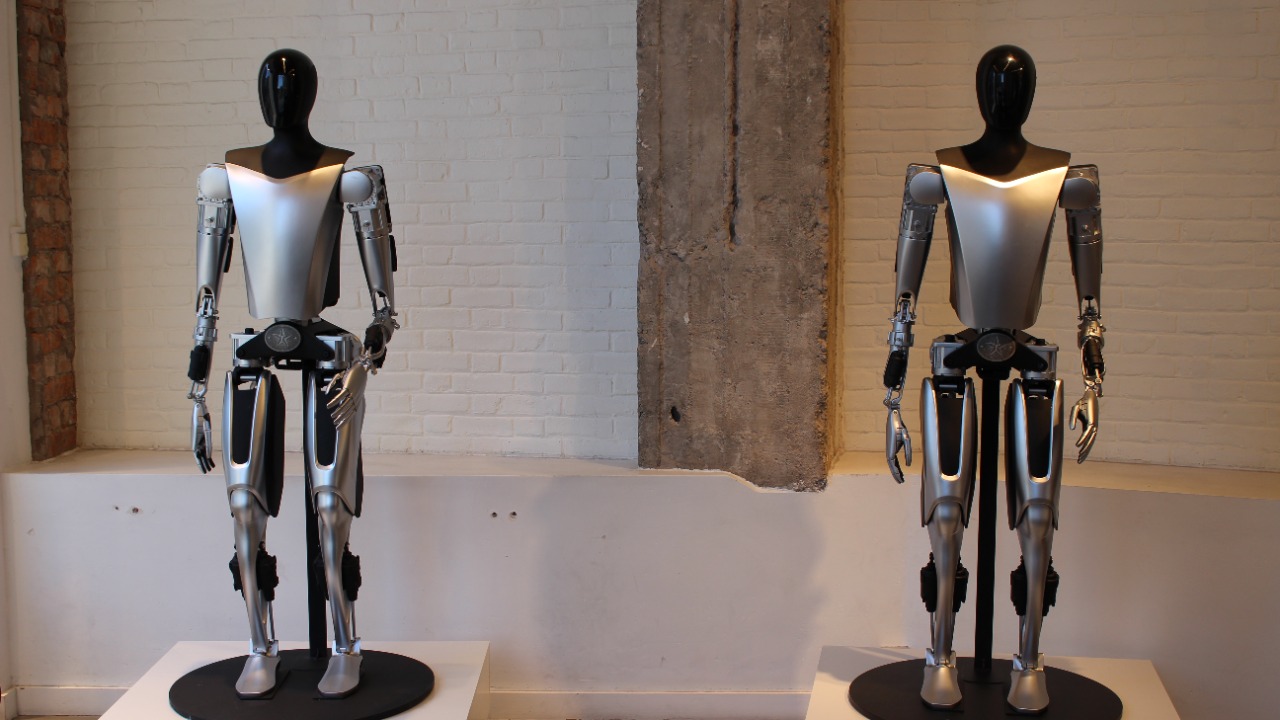
The backbone of this rapid robot brain construction is a combination of sophisticated AI algorithms and machine learning techniques. Reinforcement learning, a type of machine learning where agents learn by interacting with their environment, plays a critical role. By simulating numerous iterations in virtual environments, AI can optimize the design and function of robotic brains far beyond human capabilities.
Hardware advancements are equally crucial, with state-of-the-art processors and GPUs driving computational speed and efficiency. Companies like NVIDIA are leading the charge, providing powerful hardware that supports the extensive data processing requirements of AI. The synergy between cutting-edge hardware and advanced algorithms is what enables AI robots to outperform human engineers both in speed and precision. While humans are limited by cognitive and physical constraints, AI systems can operate continuously, learning and improving without fatigue.
When compared to human capabilities, AI presents distinct advantages. The precision with which AI can execute repetitive tasks, coupled with its ability to analyze vast datasets instantaneously, gives it a significant edge. This allows AI robots to not only match but exceed human performance in constructing robotic brains. The result is a paradigm shift in how machines are designed and built, offering unprecedented opportunities for innovation and efficiency.
Implications for Industry and Society

The economic impact of AI-driven robotics is poised to be transformative. Industries such as manufacturing, healthcare, and logistics could see increased automation, leading to higher productivity and cost savings. Companies will likely invest in AI technologies to stay competitive, driving a wave of innovation across sectors. However, this shift also raises concerns about job displacement, as machines take over tasks traditionally performed by humans.
The labor market faces both challenges and opportunities. While some jobs may become obsolete, new roles will emerge, requiring skills in AI, data analysis, and machine learning. Workers will need to adapt, focusing on continuous education and skills development to thrive in this evolving landscape. Policymakers and educators must collaborate to prepare the workforce, ensuring individuals are equipped for the jobs of the future.
Ethical considerations are paramount as AI continues to evolve. Questions of accountability, decision-making, and the potential for misuse must be addressed. As AI systems gain autonomy, determining responsibility in cases of malfunction or harm becomes complex. There is also the risk of AI being used for malicious purposes, necessitating robust ethical frameworks and governance to safeguard against such threats.
Future Prospects and Challenges
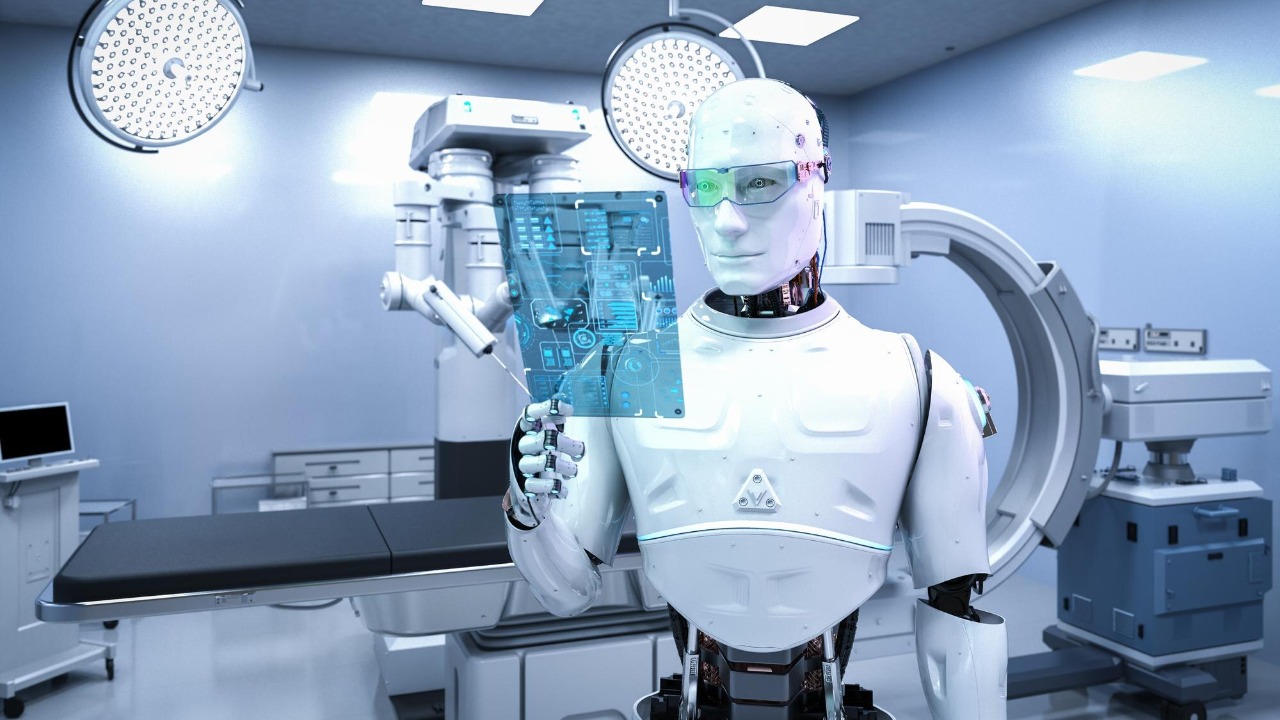
Looking ahead, the future of AI and robotics holds exciting possibilities. Ongoing research and development efforts aim to create even more advanced AI systems capable of performing tasks beyond current limitations. Innovations in quantum computing and neuromorphic engineering could further accelerate progress, leading to breakthroughs we can only begin to imagine.
The regulatory landscape will need to evolve to keep pace with these advancements. Governments and international bodies must develop policies that balance innovation with safety and ethical considerations. Regulations should promote transparency, accountability, and fairness in AI applications, ensuring that the benefits of technology are widely shared.
Societal adaptation to these changes will require a concerted effort. Education systems must evolve to emphasize STEM fields and critical thinking, preparing future generations for a technologically driven world. Public perception of AI and robotics will also play a critical role, as society grapples with cultural and philosophical questions about the role of machines in human life.
The Sci-Fi Connection
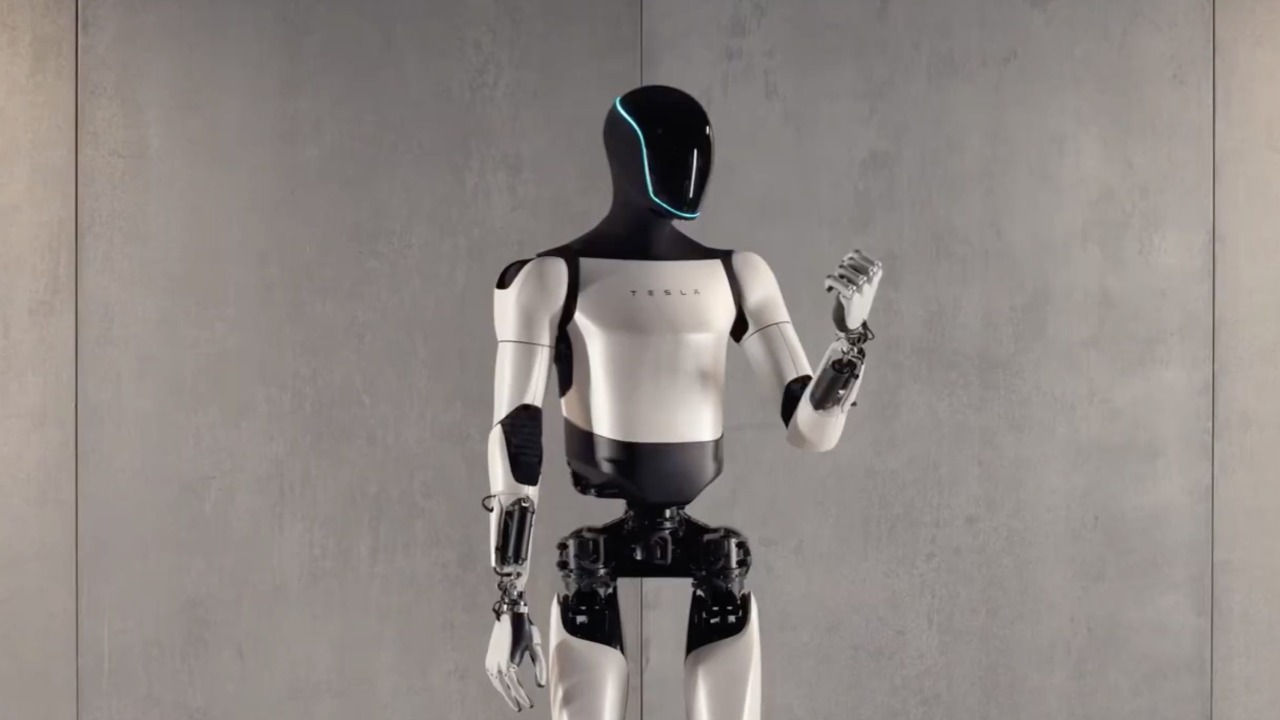
Popular culture, particularly the “Terminator” series, has significantly influenced public perception of AI and robotics. These narratives often depict AI as a double-edged sword, showcasing both its potential and its perils. While such portrayals are dramatized, they spark important conversations about the ethical and existential questions surrounding AI development.
The contrast between fiction and reality is striking. While AI has made remarkable strides, it remains far from the sentient, autonomous beings depicted in movies. Current AI systems are powerful tools designed to augment human capabilities, not replace them. However, the rapid pace of technological change means that the gap between fiction and reality may narrow in the future.
As we navigate this evolving landscape, cultural and philosophical questions will continue to emerge. What does it mean to create machines that can build and evolve independently? How do we ensure that technological progress aligns with human values and priorities? These are the questions that will shape the future of AI and robotics, guiding us as we move forward into an era of unprecedented innovation and possibility.